4. System celowania
4.0. Basic assumptions ‒ aiming
In the FPS apart from placing weapon in the down right corner (hip shooting), there is usually the second, alternative setting. Shooting when a player uses a sight / scope.
In such a setting weapon is placed in the middle of the screen and a player targets not with a crosshair (as in case of the hip shooting) but by adequately modelled parts of weapon sight.
If there are any elements of a whitebox object that should be precisely modelled, those are the sights.
4.1. Aiming in games and in the reality
Even though such setting (close-up look) is rarely seen on screen, it is a challenge for a graphic. We should not only pay attention to the proper setting but also to the design and functionality of the scopes.
In reality there are a few types of scopes depending on their work and usage, etc.
![<b>M1A Socom 039</b> [online]. <i>source: http://www.kaneohegs.com/</i>](http://piratportfolio.com/fpp_eng/wp-content/uploads/2015/08/4.1.B_IV.jpg)
The biggest discrepancies in the aiming rule occurs in the iron sighting. In reality:
to aim, one needs to coordinate all devices (usually the fore sight and the rear sight or the sight vane) and the target in one line. source
In video games, however, it is possible to ignore the fore sight/ sight vane and aim only with the rear sight. Games’ creators take that step in order to improve functionality. As then the rear sight or sight vane does not cover the battle field.
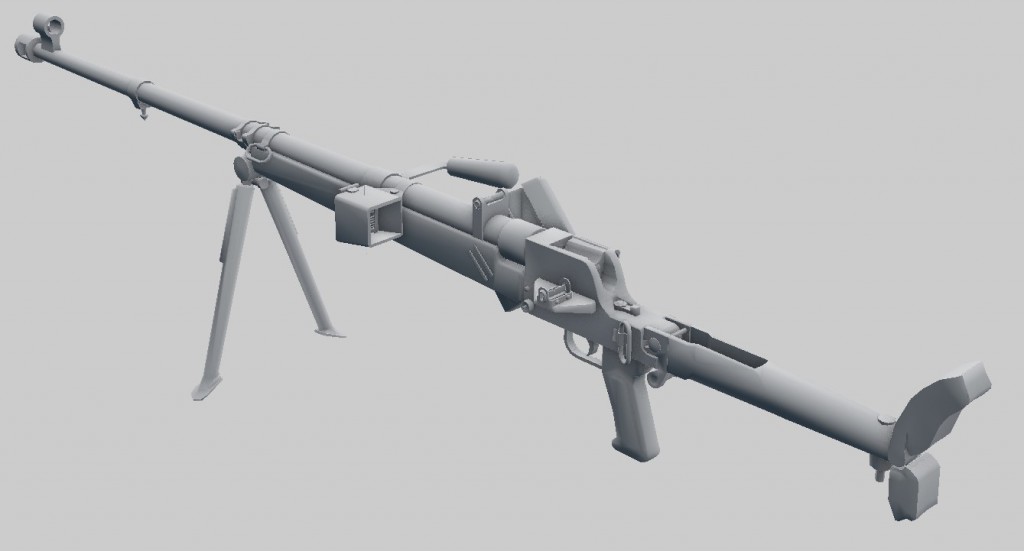
It shows that while aiming in a FPS game weapon should show clearly which point on the screen is responsible for hitting, so which place we will shoot at. Determining this point and the player’s comfort is much more important than correct (realistic) copy of the operating principles of the whole system.
source: https://pl.wikipedia.org/wiki/Celownik_mechaniczny
4.2. Aiming vs. game mechanics
Aiming system is very much connected with the game mechanics. Largely the effortlessness of aiming results in a player being eager to use the weapon or not.
While playing targets often change their positions. Player needs to observe the battlefield and, depending on the target’s position, change the weapon’s position.
When too big part of the battlefield is covered, a player has problem to determine the enemy position, especially when entering space covered by aiming devices (dead space).
![Gearbox Software. <b>Borderlands 2</b> [PC]. 2K Games, 2012](http://piratportfolio.com/fpp_eng/wp-content/uploads/2015/08/4.2.A_II1-1024x576.jpg)
For example:
We want this weapon to be powerful but aiming needs to be difficult.
or
Shooting from this weapon should be pleasant and easy and so on…
The less onerous aiming system the greatest pleasure it gives.
Majority of the aiming methods in games (looking from the visual point of view) is based on three schemes:
- open (e.g. sight) – almost all area of the battlefield is visible,
- half-full (e.g. collimator) – substantial part of the battlefield is visible but part is covered by the scopes,
- full (e.g. scope) – only a part of the battlefield is visible, the rest cannot be seen by a player.
![Reto-Moto. <b>Heroes & Generals</b> [PC]. Reto-Moto, 2014, <i>source: http://imgur.com/5tCPYaA</i>](http://piratportfolio.com/fpp_eng/wp-content/uploads/2015/08/4.2.B_II1-1024x576.jpg)
![Treyarch. <b>Call of Duty: Black Ops II</b> [PC]. Activision, 2012, <i>source: http://lparchive.org/Call-of-Duty-Black-Ops-II/Update%2007/</i>](http://piratportfolio.com/fpp_eng/wp-content/uploads/2015/08/4.2.B_I-1024x576.jpg)
![Ubisoft Montreal. <b>Far Cry 3</b> [PC]. Ubisoft, 2012, <i>source: http://www.imfdb.org/wiki/Far_Cry_3</i>](http://piratportfolio.com/fpp_eng/wp-content/uploads/2015/08/4.2.B_III-1024x576.jpg)
4.3. Sights modelling
Both the scale of a scope and the red dot shape is an issue connected with graphic designing not modelling. Therefore, I will concentrate on iron sights and scope’s case, which are fully 3D objects.
Because in the targeting mode crosshair is substituted with a 3D object you have to take care of its shape and the sights’ silhouette. Also in this case the majority of real dimensions cannot be applied in games. The most common corrections include:
- elements’ thickness – the faces that should be minute and only suggest their shape cannot take up too much space on the screen, it works also the other way round,
- change of position – elements cannot be too small, should be visible and readable from a further distance from the screen (it is usually the distance between a sofa and a TV set),
- changes in a sight construction – it’s especially vital when we skip the rear sight/ sight vane. The point, we will shoot at, must be clearly defined and visible at the first sight. Sights in the shape of a circle are good example. Its middle, and place we are shooting at, can be established straightforward.
![Lukerichard. <b>Cybergun Cyma Thompson</b> [online]. <i>source: http://s294.photobucket.com/user/lukerichard/media/P1010136.jpg.html</i>](http://piratportfolio.com/fpp_eng/wp-content/uploads/2015/08/4.3.A_III-1024x768.jpg)
Other examples of redesigning that has positive impact on aiming in shooters:
It’s worth remembering that the scopes must be placed exactly in the middle of a weapon. Usually it is so, although some exceptions can be found. They shouldn’t be strangely misplaced in relation to the weapon’s axis. You should also make sure, in the orthogonal projection, if the fore sight and the rear sight are placed on similar height.
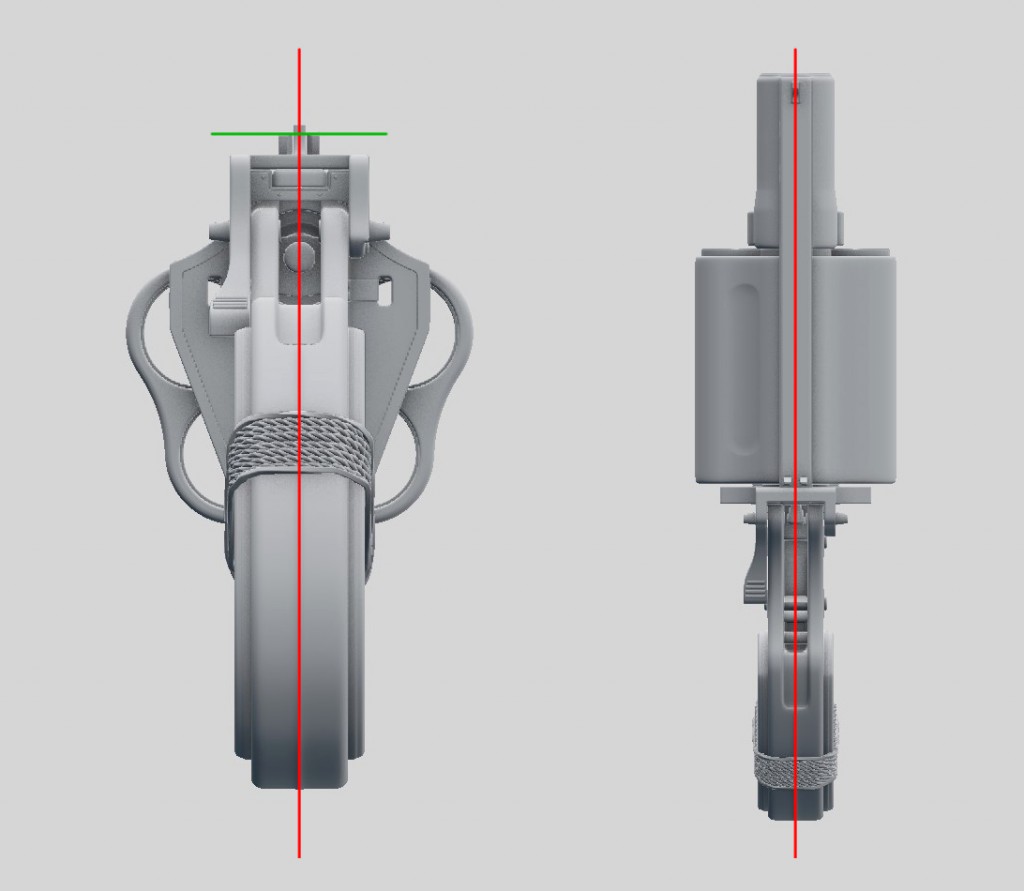
Exceptions to that rule show objects that have scopes mounted at a side (usually the optical sights).
![<b>M1-D Garand Sniper Rifle</b> [online]. <i>source: http://www.militariaauctionsetc.com/firearms_m1-d_garand_cw_smith_carbine#Next</i>](http://piratportfolio.com/fpp_eng/wp-content/uploads/2015/08/163_6396.23183338_large1-1024x602.jpg)
![id Software. Rage [PC]. Bethesda Softworks, 2011](http://piratportfolio.com/fpp_eng/wp-content/uploads/2015/08/4.0_I-350x197.jpg)
![id Software. Rage [PC]. Bethesda Softworks, 2011](http://piratportfolio.com/fpp_eng/wp-content/uploads/2015/08/4.0_II-350x197.jpg)
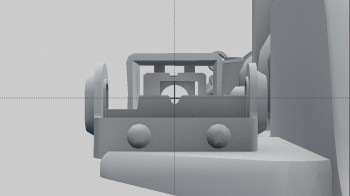
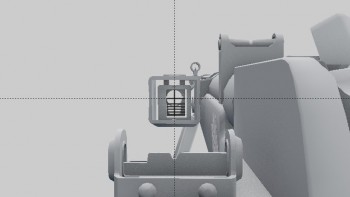
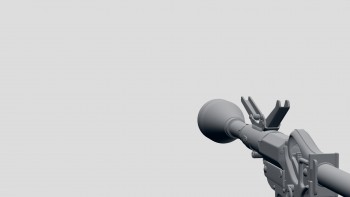
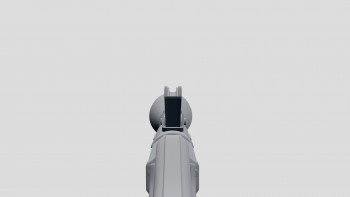
![CI Games. Enemy Front [PC]. CI Games, 2014, źródło: http://www.imfdb.org/wiki/Enemy_Front](http://piratportfolio.com/fpp_eng/wp-content/uploads/2015/08/4.3.A_II-350x280.jpg)
![Pterodon Illusion Softworks. Vietcong 2 [PC]. 2k Games, 2005, źródło: http://www.imfdb.org/wiki/Vietcong_2](http://piratportfolio.com/fpp_eng/wp-content/uploads/2015/08/4.3.A_IV-350x280.jpg)
![Irrational Games. BioShock [PC]. 2K Games, 2007](http://piratportfolio.com/fpp_eng/wp-content/uploads/2015/08/4.3.A_V-350x197.jpg)
![EA Los Angeles. Medal of Honor: Airborne [PC]. Electronic Arts, 2007, źródło: http://www.gamespot.com/reviews/medal-of-honor-airborne-review/1900-6178113/](http://piratportfolio.com/fpp_eng/wp-content/uploads/2015/08/4.3.A_VI-350x210.jpg)
![TM 5.1 Hi-Capa [online]. source: http://uk.redwolfairsoft.com/redwolf/airsoft/ReviewDetail?reviewID=197](http://piratportfolio.com/fpp_eng/wp-content/uploads/2015/08/4.3.A_VII-350x232.jpg)
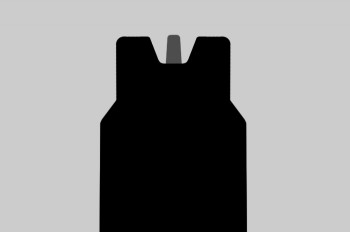
![German Rifle Mauser G.33/40 POV [online]. źródło: http://candrsenal.com/gallery/](http://piratportfolio.com/fpp_eng/wp-content/uploads/2015/08/4.3.A_VIII-350x221.jpg)
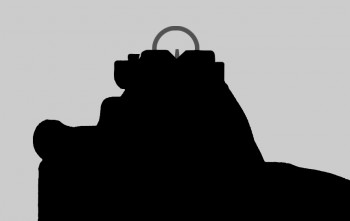
![Infinity Ward. <b>Call of Duty: Modern Warfare 2</b> [PC]. Activision, 2009, <i>source: http://mw2.gamebanana.com/</i>](http://piratportfolio.com/fpp_eng/wp-content/uploads/2015/08/4.5.A_I-1024x576.jpg)